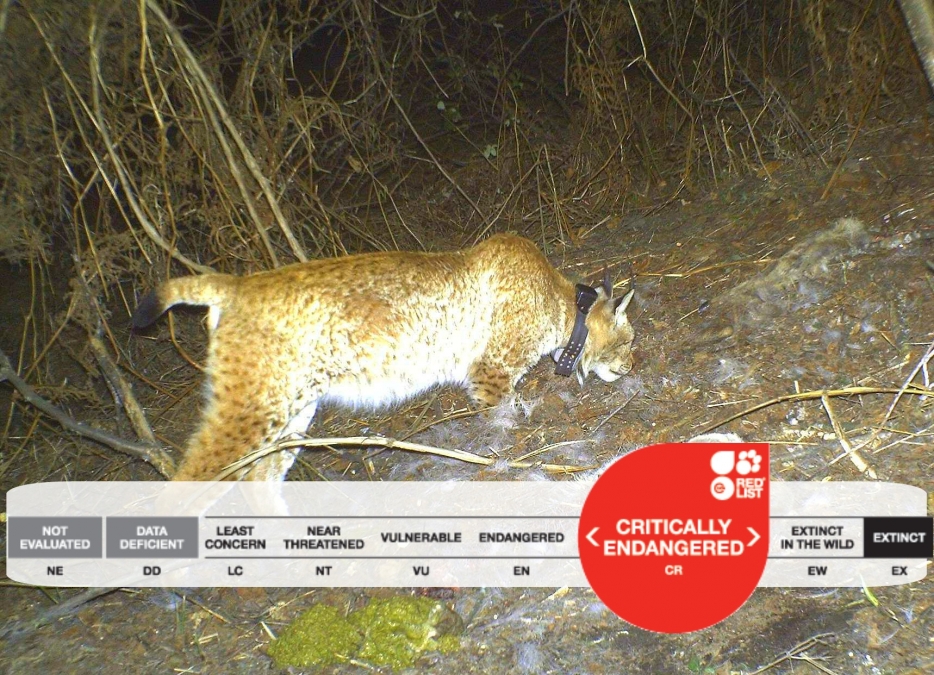
Balkan Lynx added to the IUCN list as Critically Endangered
The IUCN Red List has added the Balkan Lynx to its Red List as a Critically Endangered subspecies of the Eurasian Lynx. This is a very real confirmation that the Balkan Lynx requires urgent and coordinated conservation actions in order to increase its population in the wild.
“In the past 10 years, through the Balkan Lynx Recovery Programme, we have collected enough data to assess the status of the lynx according to IUCN standards and we have realized that its status is Critically Endangered,” said Dime Melovski, MES (BirdLife in Macedonia) project manager, at a press conference in Skopje.
“We are saddened to acknowledge just how dire is its current condition. We hope that by being added to the Red List, the Balkan Lynx will become more visible and recognized as a species in need of very concrete conservation measures.”
The Balkan lynx is a subspecies of the Eurasian Lynx and its current population is estimated at 19 to 36 adult individuals. Its only confirmed breeding grounds are located within the Mavrovo National Park in Macedonia. Threats include hunting and illegal killing, decline of prey populations, and loss and fragmentation of habitat.
There are no Balkan Lynx in captivity and thus if its designation is uplisted from Critically Endangered, it will mean complete extinction.
The Balkan Lynx Recovery Programme is implemented by several civil society organizations and volunteers from the Balkan region (MES in Macedonia, CZIP in Montenegro, PPNEA in Albania, ERA and Finch in Kosovo) as well as organizations from Germany (EuroNatur), Switzerland (KORA) and Norway (NINA). The programme is funded by the Swiss Foundation MAVA.
The aim of the Balkan Lynx Recovery Programme is to secure the survival of the population through a series of protected areas and better management of protected areas along the borders of Albania and Macedonia, Albania and Montenegro as well as Albania, Macedonia and Kosovo. The protected areas will be established in areas where there are strongholds of the Balkan Lynx.
The programme was the catalyst for the proclamation of new national parks in Albania and Kosovo and our BirdLife partner in Macedonia is awaiting the proclamation of a new national park in Macedonia as well.
“Until a decade ago the lynx in Macedonia was almost a myth. Nobody knew much about it, but our cooperation with local stakeholders, especially hunters, opened the door to a very detailed study of this secretive animal, its status and its prey,” Melovski added. “Of course, our next step will be to downlist the lynx on the Red List. But that is no easy task, since it means increasing the current population of approximately 30 individuals to over 50.”
Source: By Sanya Khetani-Shah, http://www.birdlife.org